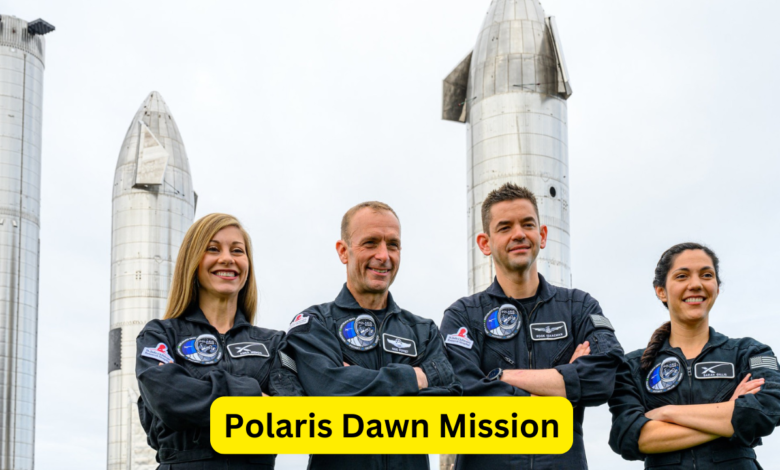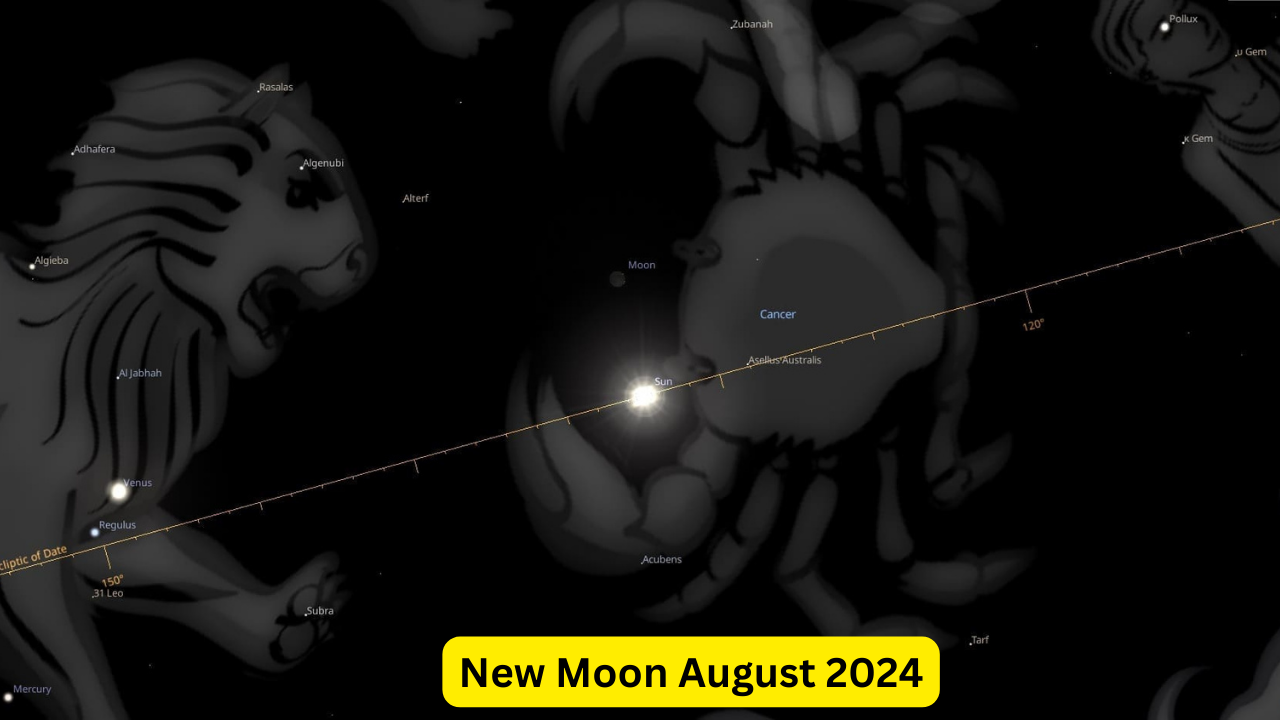Polaris Dawn Mission

The Polaris Dawn mission marks a groundbreaking step in the realm of private space exploration, ushering in an era of new possibilities and ambitious endeavors. This mission, spearheaded by SpaceX, stands as a testament to the evolution of human spaceflight and the burgeoning era of commercial space travel. Here, we delve into the intricate details of the Polaris Dawn mission, its objectives, and its significance in the broader context of space exploration.
Overview of the Polaris Dawn Mission
The Polaris Dawn mission represents a bold initiative under the Polaris Program, a series of pioneering spaceflights aimed at pushing the boundaries of human space travel. Scheduled for launch in the near future, this mission is set to be one of the most ambitious private space ventures ever undertaken. The mission’s primary goal is to conduct a private spacewalk and gather crucial data to advance human spaceflight capabilities.
Key Objectives and Goals
1. Conducting a Historic Private Spacewalk
One of the mission’s most anticipated features is the planned private spacewalk, which will be the first of its kind conducted by a non-professional astronaut. This spacewalk aims to provide valuable insights into the challenges and potential solutions associated with extravehicular activity (EVA) in low Earth orbit. By gathering data on the physical and psychological effects of spacewalking on private astronauts, the mission will help pave the way for future private space missions.
2. Advancing Human Spaceflight Technology
The Polaris Dawn mission also seeks to advance spaceflight technology by testing new systems and procedures in a real-world environment. This includes evaluating the performance of SpaceX’s Crew Dragon spacecraft and other associated technologies. The data collected will be instrumental in refining current technologies and developing new innovations for future missions.
3. Supporting Medical and Scientific Research
The mission is designed to support various scientific and medical research projects, including studies on the effects of microgravity on the human body. By conducting experiments in the unique environment of space, researchers hope to gain insights that could lead to advancements in medical science and improve our understanding of human health in space.
Mission Timeline and Key Milestones
Pre-Launch Preparations
The preparation phase for the Polaris Dawn mission involves rigorous training and simulations for the crew members. This includes extensive training on the spacecraft, mission protocols, and spacewalk procedures. Additionally, the mission team conducts multiple test flights and system checks to ensure the readiness of all equipment and procedures.
Launch and Mission Execution
The launch of the Polaris Dawn mission will be carried out using SpaceX’s Falcon 9 rocket, which has a proven track record of successful launches. Once in orbit, the Crew Dragon spacecraft will be equipped with advanced life support systems and scientific instruments to support the mission’s objectives. The private spacewalk will be conducted during a scheduled period in orbit, with precise timing and coordination to ensure the safety and success of the operation.
Post-Mission Analysis and Data Utilization
Following the completion of the mission, the team will analyze the collected data and evaluate the outcomes against the mission’s objectives. This analysis will provide valuable insights into the performance of the spacecraft, the effectiveness of the spacewalk procedures, and the results of scientific experiments. The findings will be published and shared with the scientific community to contribute to the broader knowledge base of human spaceflight.
Impact on the Future of Space Exploration
1. Pioneering Private Space Travel
The Polaris Dawn mission represents a significant milestone in the evolution of private space travel. By demonstrating the feasibility of private spacewalks and other advanced space operations, the mission sets a precedent for future commercial space ventures. It paves the way for more private individuals and organizations to participate in space exploration, opening new opportunities for innovation and discovery.
2. Enhancing Public Engagement and Interest
The mission is expected to capture the public’s imagination and foster greater interest in space exploration. By showcasing the possibilities of private space travel, the Polaris Dawn mission aims to inspire a new generation of space enthusiasts and potential astronauts. This increased public engagement is crucial for sustaining support for future space missions and initiatives.
3. Driving Technological Advancements
The data and insights gained from the Polaris Dawn mission will drive technological advancements in spaceflight. The lessons learned from this mission will inform the development of new spacecraft, life support systems, and space exploration strategies. This continuous cycle of innovation and improvement is essential for advancing human spaceflight capabilities and achieving long-term goals in space exploration.
Conclusion
The Polaris Dawn mission stands as a landmark achievement in the field of private space exploration. With its ambitious objectives, innovative approach, and potential for significant impact, this mission represents a pivotal moment in the journey towards expanding humanity’s presence in space. As we look forward to the successful execution of this mission and the valuable insights it will provide, we remain hopeful for a future where space exploration is accessible to all and driven by innovation and curiosity.



